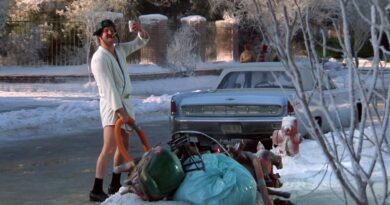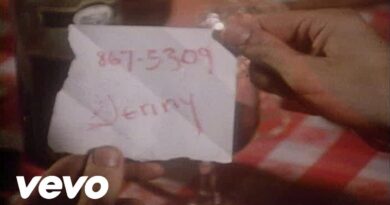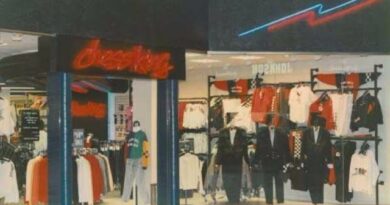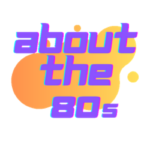About the 80s
80s Blog

There are certainly hundreds of Christmas movies nowadays with a large chunk of them under Hallmark’s ownership. Netflix has also


If you frequented the malls in the 80s as a teen, you probably have heard of Chess King. It was
80s Blog
